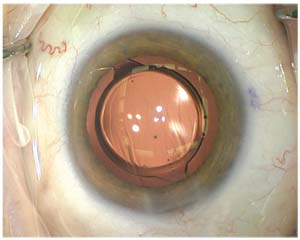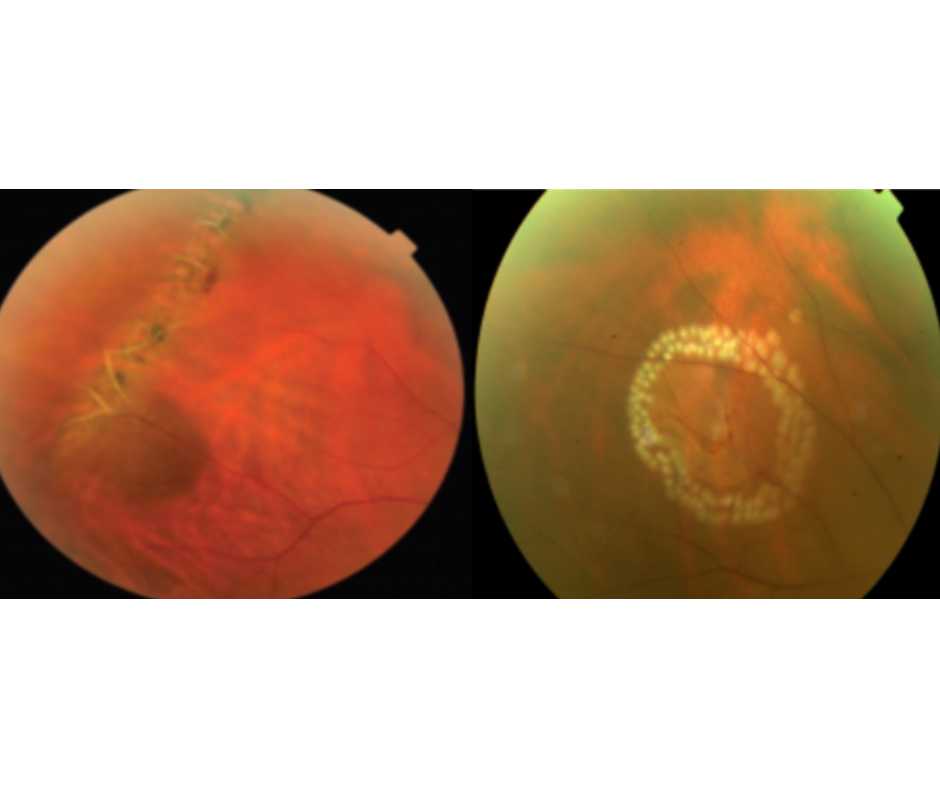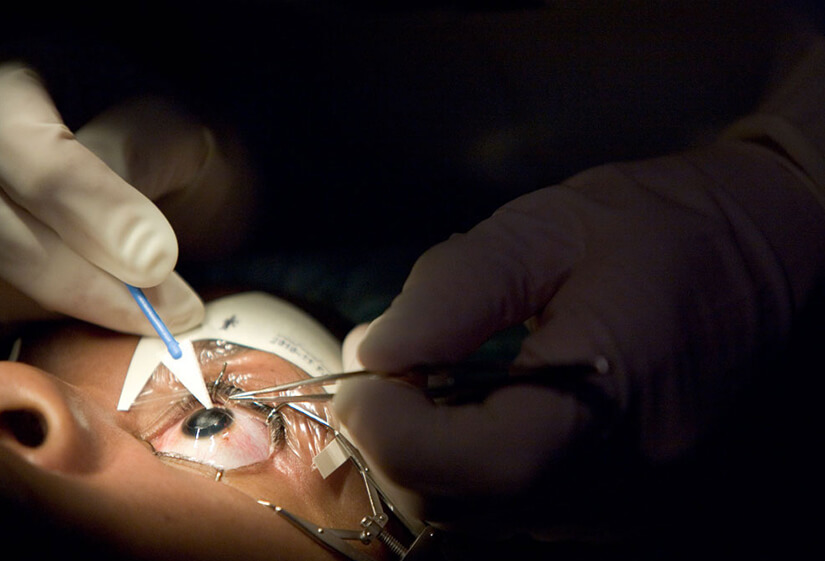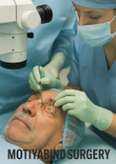INTRODUCTION:
MONOFOCAL TORIC LENS is a common refractive error that can significantly impact vision quality. For individuals seeking a long-term solution to this condition, moreover, Single-focus toric offer a promising option.

Astigmatism and Monofocal Toric Lenses:
Astigmatism occurs when the cornea or lens has an irregular shape, causing blurred or distorted vision.During cataract surgery, surgeons primarily use monofocal toric lenses, specially designed intraocular lenses (IOLs), to correct this irregularity.
Benefits of Monofocal Toric Lenses:
- Improved Vision Quality: Monofocal toric lenses significantly enhance vision clarity by correcting astigmatism, providing a clearer and more precise vision compared to standard lenses.
- Permanent Solution: Once implanted, these lenses offer a long-term solution to astigmatism, Monofocal toric lenses reducing or eliminating the need for corrective glasses or contact lenses.
- Surgeons customize these lenses to the specific needs of each eye, thereby ensuring optimal vision correction tailored to the individual’s degree of astigmatism. Consequently, this personalized approach enhances the overall effectiveness of the treatment.
Surgical Procedure:
- Preoperative Assessment: Initially, a thorough eye examination is conducted to measure the degree of astigmatism. Subsequently, the surgeon determines the appropriate lens power for Monofocal toric lenses. Finally, based on these assessments, the suitable course of action is decided.
- The surgeon selects a customized toric lens based on the assessment to match the patient’s specific refractive error.
- Surgery:. Precise alignment of the lens is crucial to correct the astigmatism effectively.
- After surgery, patients should follow specific postoperative care instructions to ensure proper healing and achieve optimal vision outcomes. Moreover, adhering to these guidelines is crucial for preventing complications and enhancing recovery. Therefore, adhering to these guidelines is crucial for a smooth recovery and the best possible results. Monofocal toric lenses adhering to these guidelines can significantly reduce the risk of complications and promote a smoother recovery process.
Aftercare and Recovery:
- Medication: Prescribed eye drops to prevent infection and reduce inflammation.
- Protective Eyewear: Wearing protective glasses to shield the eyes from dust and bright light.
- Follow-Up Appointments: Monofocal toric lenses Regular check-ups with the ophthalmologist to monitor healing and the effectiveness of the lens.
Author Details:
Dr. Sushruth Appajigowda holds a prominent position as a Cornea, Cataract, Glaucoma, and LASIK Surgeon in Bangalore. He serves as the chief Cataract and Refractive surgeon at Vijaya Nethralaya Eye Hospital, Nagarbhavi Bangalore. Renowned as one of the finest LASIK surgeons nationwide, he brings with him over 12+ years of experience across multiple LASIK platforms, including ZEISS, ALCON, SCHWIND, AMO, and Bausch and Lomb. Having successfully conducted over 5000 LASIK procedures, Dr. Sushruth holds the title of a Certified Refractive Surgeon and a Fellow of the All India Collegium Of Ophthalmology.

http://vijayanethralaya.com/link-in-bio/
Conclusion:
Monofocal toric lenses are an excellent option for individuals with astigmatism, providing clear and sharp vision by addressing the irregular curvature of the cornea. Monofocal toric lenses With a straightforward surgical procedure and proper aftercare, patients can enjoy improved vision quality and a significant reduction in dependence on corrective eyewear.












